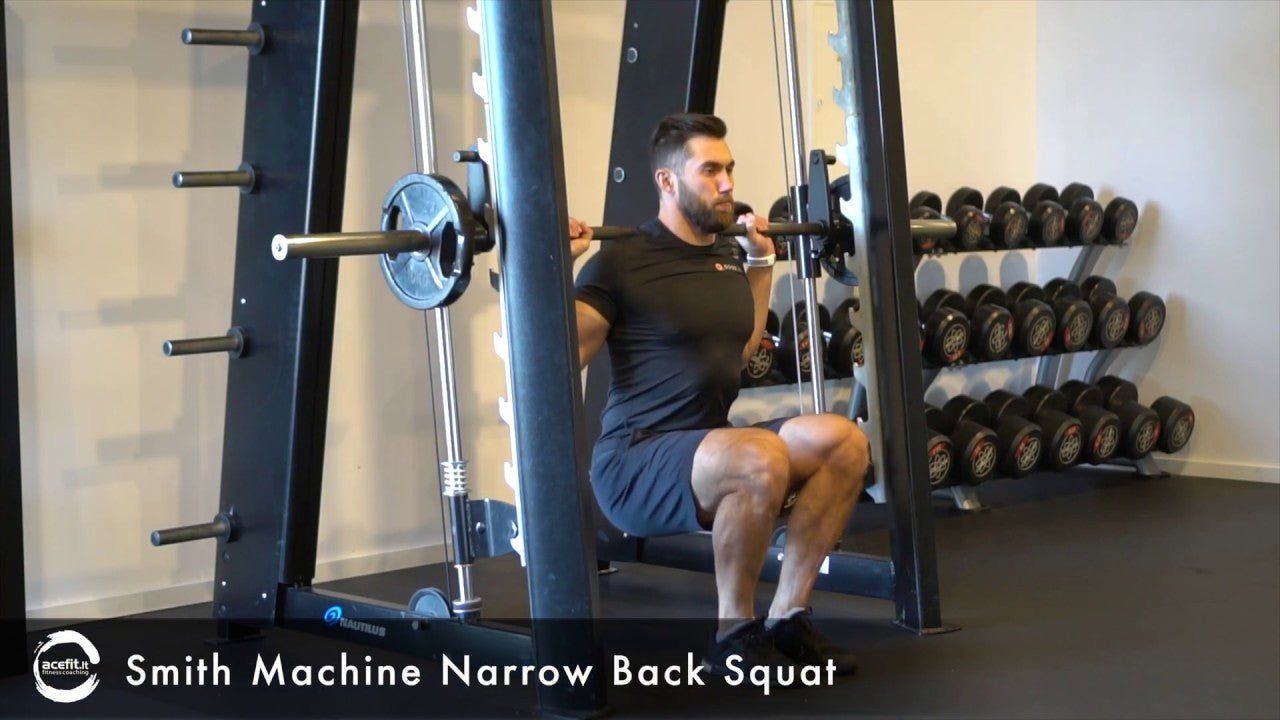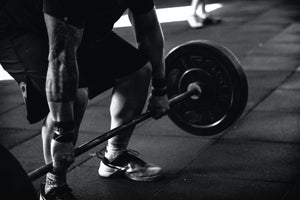
How Much Weight Does Squatting on a Smith Machine Subtract?
When it comes to strength training, the Smith machine is a popular piece of equipment. It's commonly used for exercises like squats, which are fundamental to building lower body strength. However, a common question among fitness enthusiasts and beginners alike is: how much weight does squatting on a Smith machine subtract? In other words, how does the weight you lift on a Smith machine compare to the weight you would lift with free weights?
The Mechanics of a Smith Machine
The Smith machine is a type of weight training equipment that consists of a barbell fixed within steel rails. This allows for vertical or near-vertical movement. The design of the Smith machine provides stability and balance, which can be particularly beneficial for beginners or those recovering from an injury.
However, this stability and balance come at a cost. Because the machine guides the barbell's path, some of the muscles you would engage during a free-weight squat are not activated to the same extent when squatting on a Smith machine. This can lead to a difference in the amount of weight you can lift.
Stabilizer Muscles and the Smith Machine
When you perform a free-weight squat, your body engages a variety of stabilizer muscles to help maintain balance. These muscles include the abdominals, the erector spinae in your back, and various muscles in your legs and hips. Engaging these muscles not only helps you balance the weight but also contributes to the overall strength you can exert during the squat.
On the other hand, when you squat on a Smith machine, the machine's guided path reduces the need for these stabilizer muscles. As a result, you may find that you can squat more weight on a Smith machine than you can with free weights. However, this doesn't necessarily mean you're stronger—it simply means that the machine is assisting you by taking over some of the work that your stabilizer muscles would normally do.
Calculating the Weight Difference
So, how much weight does squatting on a Smith machine subtract? The answer isn't straightforward, as it can depend on a variety of factors, including your personal strength, form, and the specific design of the Smith machine.
However, a common rule of thumb is that the Smith machine subtracts about 10-20% of the weight. This means that if you can squat 100 pounds on a Smith machine, you might be able to squat 80-90 pounds with free weights. Again, this is a rough estimate and the actual difference can vary.
Factors Affecting the Weight Difference
Several factors can affect the weight difference between squatting on a Smith machine versus free weights. One of these factors is your form. For example, if you lean into the bar during a Smith machine squat, you might be able to lift more weight than if you maintain a straight posture. This is because leaning into the bar can engage more of your back muscles, which are typically stronger than your leg muscles.
Another factor is the design of the Smith machine. Some machines are counterbalanced, meaning they have a weight that counteracts the weight of the barbell. This can make the barbell feel lighter than it actually is. If you're using a counterbalanced Smith machine, you might find that you can squat significantly more weight than you can with free weights.
Implications for Training
Understanding the weight difference between squatting on a Smith machine versus free weights can have important implications for your training. If your goal is to build overall strength, it might be beneficial to incorporate free-weight squats into your routine. This can help engage your stabilizer muscles and provide a more comprehensive workout.
However, the Smith machine can still be a valuable tool in your training arsenal. It can be particularly useful for beginners who are still learning proper form, or for those recovering from an injury. The Smith machine can also be a good option for performing high-volume training, as it can allow you to lift more weight for more reps.
Transitioning from the Smith Machine to Free Weights
If you've been squatting on a Smith machine and want to transition to free weights, it's important to do so gradually. Start with a lighter weight than you're used to on the Smith machine, and focus on maintaining proper form. Over time, you can gradually increase the weight as your strength and confidence improve.
Remember, the goal of strength training isn't just to lift as much weight as possible—it's to improve your overall fitness and health. Whether you choose to squat on a Smith machine or with free weights, the most important thing is to perform the exercise correctly and safely.
Conclusion
In conclusion, squatting on a Smith machine can subtract about 10-20% of the weight compared to free-weight squats. However, this is a rough estimate and the actual difference can vary depending on factors like your form and the design of the Smith machine.
While the Smith machine can be a useful tool for certain situations, it's also important to incorporate free-weight exercises into your routine for a well-rounded workout. As always, focus on maintaining proper form and prioritize safety over lifting heavy weights.






